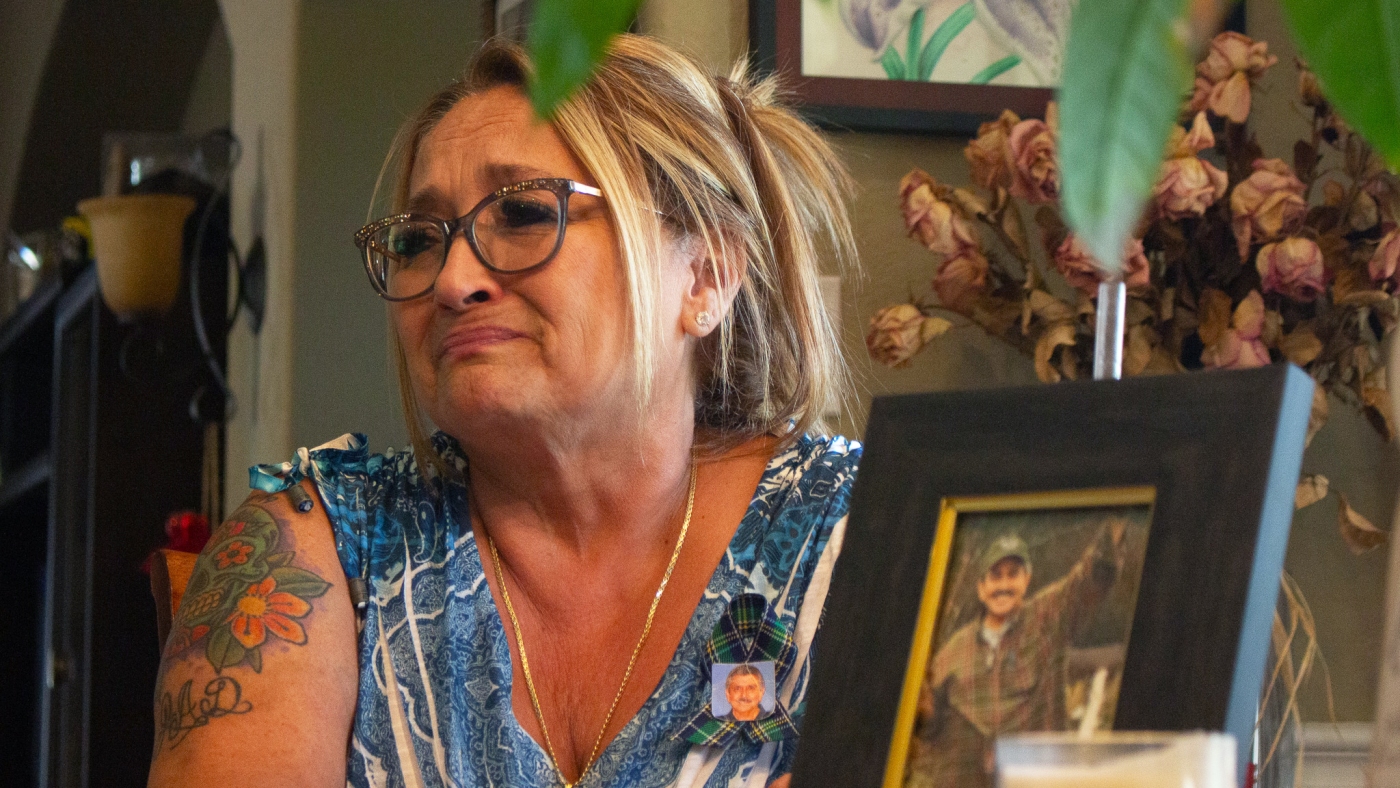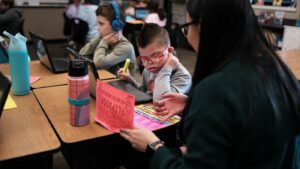Tragic Death Highlights Challenges in Special Education Staffing
In the wake of a tragic incident involving a special education assistant in San Antonio, concerns about safety and staffing in special education classrooms are being brought to the forefront. Fred Jimenez, an instructional assistant, tragically lost his life after sustaining injuries caused by a student outburst. This event has prompted a deeper examination of the conditions faced by educators in similar roles.
Fred Jimenez regularly returned home with injuries from his job at Northside Independent School District. As his wife, Margo Jimenez, recalls, “One day, he came home with a black eye, his glasses were broken, and he had bites on his arm.” Despite the repeated incidents, Fred did not report them, stating, “Margo, because it happens all the time.”
On February 7, Fred was hospitalized after being pushed by a high school student with a cognitive disability, resulting in a severe head injury. Ten days later, he succumbed to his injuries. His death certificate cites “blunt force head injuries” as the cause of death, which was ruled a homicide.
Fred’s case, while extreme, is emblematic of the challenges faced by special education staff. Students with developmental disabilities often receive special education services, but some may exhibit aggression due to frustration or other factors linked to their disabilities. Susan Dvorak McMahon, a psychology professor at DePaul University, notes that special educators are more likely to experience violence or aggression from students, according to her research.
In Northside, the difficulties in hiring and retaining special education staff are exacerbated by limited resources and low pay. The district faces significant challenges in attracting qualified personnel, with starting pay for instructional assistants at less than $16 an hour. As Tracy Wernli, who oversees special education services at Northside, explains, “We spend a lot more than what we’re given” in terms of state and federal funding.
Impact of Staffing Shortages
The shortage of staff has led to unsafe conditions in classrooms, where educators like Sheree Kreusel often find themselves working alone. “I’ve had so many injuries,” Kreusel recounts, including concussions and broken noses. Despite these challenges, she remains committed to her students, understanding that their behavior is often not a personal attack but a result of their inability to communicate effectively.
Kreusel, who worked with Fred before he moved to his high school position, emphasizes the need for more staff to ensure safety. Boston University researcher Elizabeth Bettini highlights the necessity of having at least three staff members present when dealing with aggressive students: two to manage the situation and one to document it.
Challenges in Recruitment and Retention
Wernli acknowledges the ongoing struggles in recruiting special education staff, attributing this to financial constraints. “There are people that do that and do it with passion and love it, and there are people that it’s just not for them,” she says. However, Kreusel warns that incidents like Fred’s death may deter potential candidates, noting that instructional assistants can earn more in less demanding jobs.
The district’s internal complaint, filed by Fred’s colleagues, alleges a pattern of student-caused injuries due to staffing shortages. Until these issues are addressed, educators like Kreusel fear that the risks will persist, leading to further injuries and challenges in maintaining a safe learning environment.





